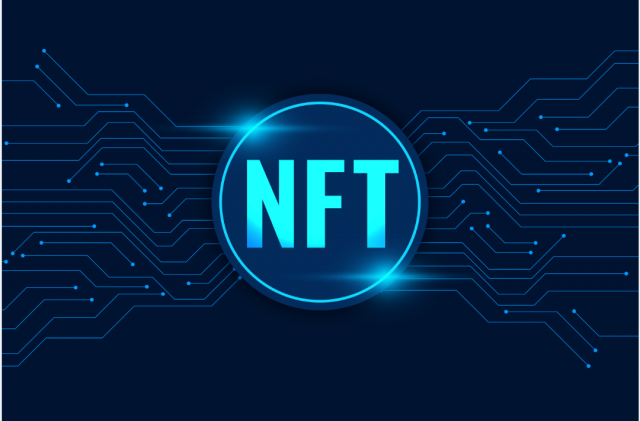NFTs have been around since 2012, but like most blockchain-related technologies, they only became widely accepted after the 2020 pandemic. We have seen the explosion of NFTs over the last few years as it has given artists, celebs, and businesses new ways to interact with their fan bases.
NFTs, however, have applications outside of digital arts. Additionally, they have significant real-world applications. You can easily learn various investment methods related to NFTs by learning crypto trading.
But are NFTs worth the buzz and the cost? According to some experts, they are an impending bubble destined to pop. Others think NFTs are here to stay and will fundamentally alter the world of investment.
What are NFTs?
A virtual asset known as an NFT is a representation of an authentic item in real life. They are regularly bought and exchanged virtually in return for digital currencies.
These exchangeable digital assets include data that effectively identifies the owner of a virtual file, located anywhere, as the individual in charge of the digital wallet account. From an image to a GIF or audio clip, this file can contain anything.
Now even if you produce a thousand copies of the same file and issue a similar number of NFTs to indicate ownership of them, it is important to note that each copy of the image will be individually identifiable based on the metadata information that each NFT token carries.
Hence, this means that even if thousands of investors may all carry around identical images in their wallets, each one might claim to be the owner of a certain copy number.
Furthermore, among the cards, the first copy of the file would probably fetch a higher price and be more sought-after than other duplicates issued.
What Distinguishes NFTs from Cryptocurrencies?
NFT stands for the non-fungible token, and while it is certainly created using a similar program as cryptos, that is where the resemblance ends.
Both conventional currency and cryptocurrencies are "fungible," which simply means they may be traded or converted into one another. Due to its fungibility, cryptocurrency is a trustable path for blockchain transactions.
NFTs are unique. Since each NFT has its own virtual signature, it cannot be traded for or held to be equal.
How do NFTs work?
As NFTs are unique tokenized representations of other assets, assigning a claim of ownership becomes easily trackable on the blockchain. Additionally, because NFTs are developed utilising blockchain technology, they have the transparency and immutability of the blockchain.
The process for minting any NFT is the same as that for crypto transactions: a new block is made, the data is verified, and then it is added to the blockchain.
Because each new NFT has a special identification number, it possesses the non-fungibility property. They will all be unique even if the inventor manufactures copies.
Metadata, which cannot be duplicated, is used to control ownership when an NFT is transferred. Because of this, only one person can ever be the owner of an NFT.
So, what are you waiting for?
Enrol yourself in crypto trading courses and learn how to invest in NFTs right away!






